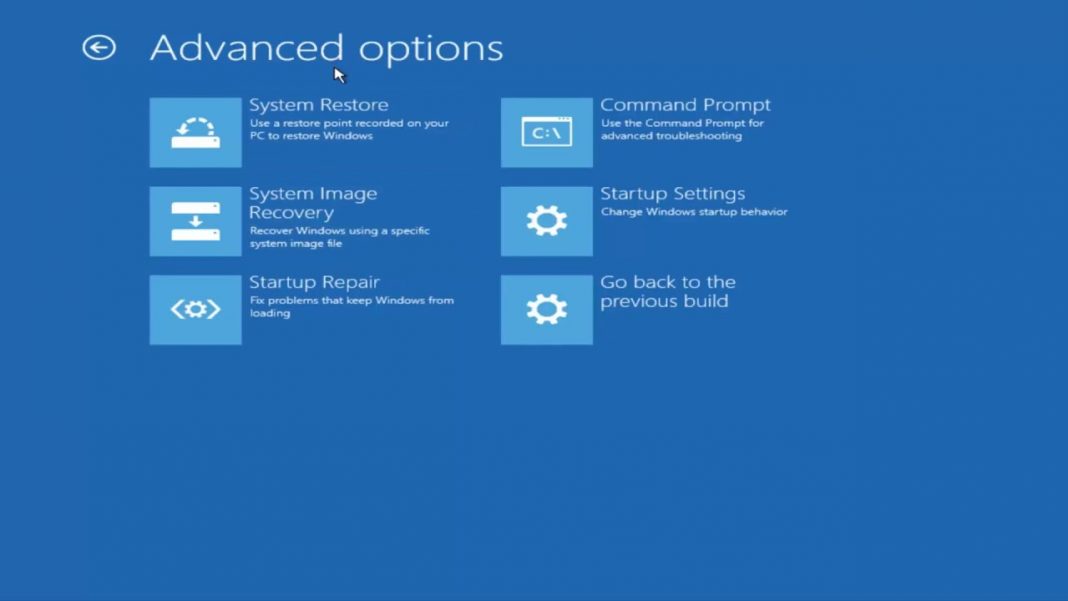
 Errors in system shutdown: A copy of the registry is stored to the memory of the system whenever your computer is restarted after being shut down. It is claimed that registry defragmenters can defragment the registry. Fragmented registry: When software is removed, upgraded, or updated, the registry may become fragmented for a variety of reasons. Read: How to Fix: Ctrl Alt Del not Working It is a common misconception that having duplicate registry entries will cause your computer’s performance to suffer since it will cause your applications to get confused.
Errors in system shutdown: A copy of the registry is stored to the memory of the system whenever your computer is restarted after being shut down. It is claimed that registry defragmenters can defragment the registry. Fragmented registry: When software is removed, upgraded, or updated, the registry may become fragmented for a variety of reasons. Read: How to Fix: Ctrl Alt Del not Working It is a common misconception that having duplicate registry entries will cause your computer’s performance to suffer since it will cause your applications to get confused. 
These keys may then be used in subsequent operations.
Key duplication: Whenever you reinstall, update, or upgrade the software, including the operating system, duplicate keys are generated. In other words, the program is misrepresenting the situation. Sometimes registry cleansing software may say that they are an imminent problem, but in fact, they will only consume up a few kilobytes of free space on your drive. Orphaned entries: are produced whenever software is uninstalled, since this results in little shards of registry entries being left behind. Some of these are something we should be concerned about, while others are not. The question now is, what exactly causes harm to Windows 10’s Registry? Errors in the registration often stem from one of many main sources. Therefore, it is essential for you to repair the faulty registry as quickly as you possibly can. Although a very little problem with the Registry may set off a chain reaction inside your Windows operating system, which can render your data unrecoverable. Your computer may become unusable if it has a Registry that has been extensively damaged.








